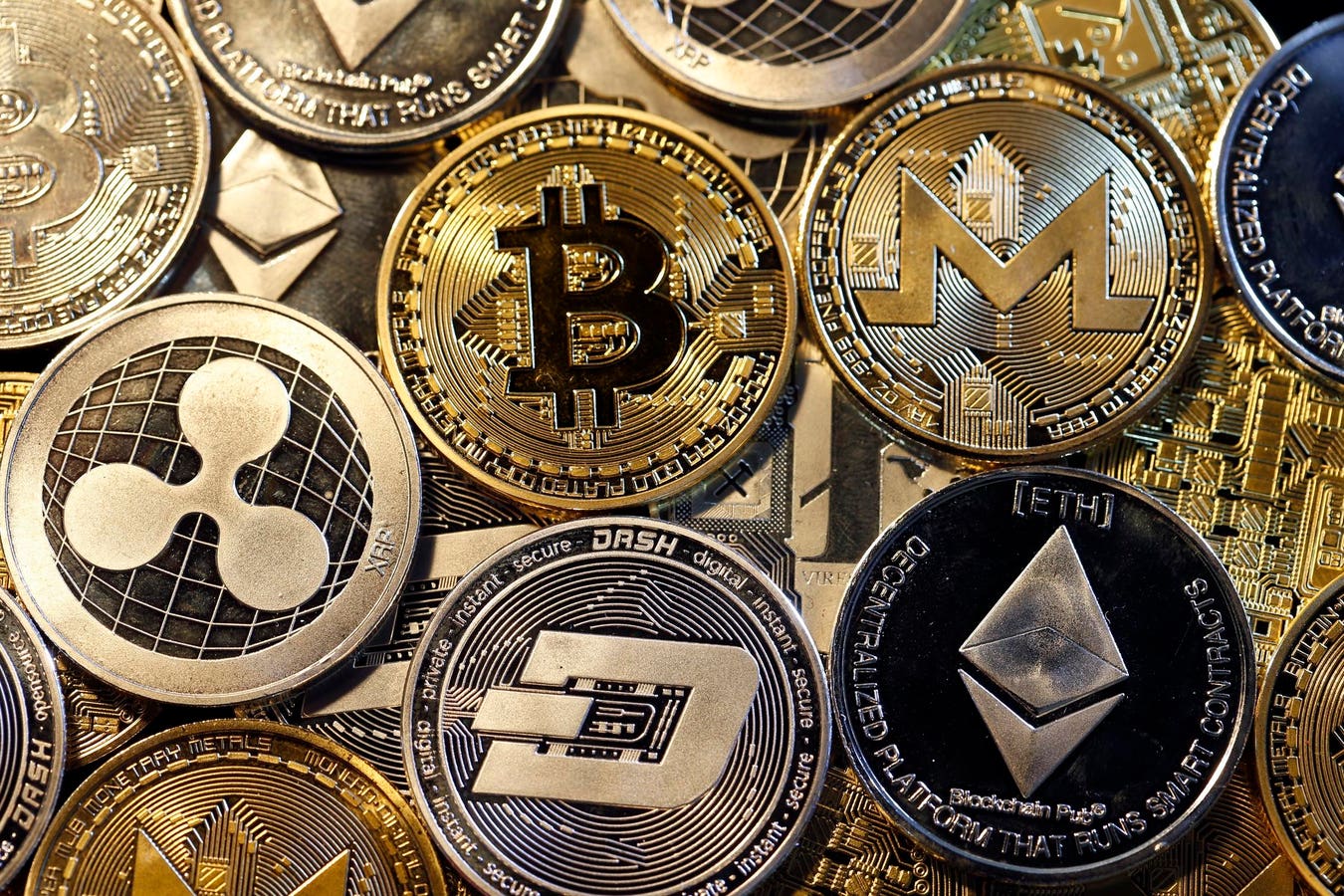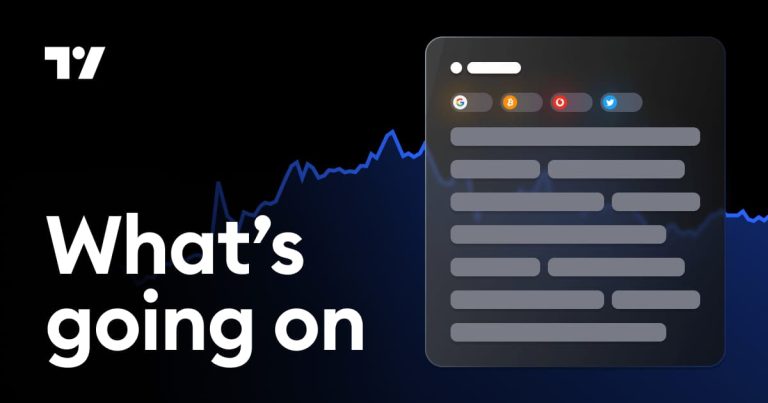Crypto had a great start of the year, a couple of awful months, but is on the rise again. What’s … More
As we reach mid-2025, crypto markets are showing signs of recovery after a bruising first quarter that started with the Trump bump and ended with a tariff-induced fall. While broad indices are just coming into positive territory year‑to‑date (YTD), several large‑cap networks have bounced sharply since April thanks to long-anticipated upgrades, institutional pilots, renewed developer activity and optimism about a tariff-free — or at least a more tariff-certain — future.
Although there are plenty of micro-cap cryptos that have had tremendous runs in the past few months, this article spotlights eight headline projects, summarizing fresh price data, market‑cap figures and the key catalysts driving sentiment right now. While many of these are still underwater as compared to the start of the year, others are recovering quickly. Among the large-cap networks that still command meaningful liquidity, none are in positive territory for 2025 after the January-to-February sell-off. This means the “best-performing” names are simply those that have “fallen least” since the start of the year.
The State Of Cryptocurrency In 2025 (So Far)
After a black‑swan sell-off in January and February, total crypto‑asset capitalization fell 40% before stabilizing on May 14th at roughly $3.5 trillion. Liquidity is still somewhat thin, but weekly inflows into smart‑contract tokens have turned positive for the first time since December of 2024, led by surging volumes on the Chicago Mercantile Exchange’s new Solana futures and the launch of five ether spot ETFs in Europe. Layer‑2 scaling, real-world‑asset (RWA) tokenization and cross-chain interoperability continue to dominate venture funding and developer road maps.
The Best‑Performing Large‑Cap Cryptos In 2025 YTD
1. Ethereum (ETH)
Ethereum Overview
- Current price: ~$2,650
- Market cap: $305.0 B
- Circulating supply: 120.7 M ETH
- YTD performance: ‑20.61 %
Ethereum just put itself through a massive “software tune-up” that widened its busy data highway, cutting transaction fees by about a third and letting more validators join the network. For everyday users, that means cheaper swaps, faster NFT mints and a clear signal that the original smart-contract chain is still investing in user experience.
Under the hood, the Pectra hard-fork finalised the first phase of sharding and bumped the validator cap to 2,048 ETH, a change expected to attract fresh institutional staking flows. Ethereum still anchors roughly two-thirds of all DeFi liquidity, and Europe’s brand new spot-ETH ETFs have started soaking up supply, reinforcing ETH’s role as a key foundation for decentralised finance, NFTs and enterprise pilots alike.
2. Solana (SOL)
Solana Overview
- Current price: $180.92
- Market cap: $94.3 B
- Circulating supply: 600 M SOL
- YTD performance: ‑6.31%
Solana remains the only top‑ten asset within single‑digit YTD losses thanks to a series of throughput upgrades. Solana is getting rid of the traffic jams that occasionally froze the network when too many users piled in. Think of it as resurfacing a toll road and adding extra lanes: Gamers, traders and NFT artists all get a smoother ride at low cost.
Version 1.18 is scheduled for mainnet‑beta rollout on May 27, 2025, targeting long-standing congestion issues. Meanwhile, Jump Crypto’s parallel validator client, Firedancer, entered non‑voting mainnet trial in April, with a full release expected later this year and a $1 million bug bounty to harden security. These improvements, plus the upcoming Solana mobile “Seeker” launch, are fueling renewed developer enthusiasm across Decentralized Physical Infrastructure Networks (DePIN), restaking and gaming verticals.
3. Cardano (ADA)
Cardano Overview
- Current price: $0.82
- Market cap: $29.6 B
- Circulating supply: 35.3 B ADA
- YTD performance: ‑9.98%
Cardano adds a democratic twist to green blockchain tech: Its upcoming constitutional vote will let every ADA holder help steer the protocol’s future. The idea is simple: If you own the token, you get a say in policy, which makes long‑term supporters feel more invested.
Behind the scenes, Cardano’s CIP‑1694 governance overhaul coincides with a 42% jump in Plutus smart‑contract scripts and new native stable‑coin pilots (USDM, USDA). Those milestones give Cardano a credible story as both an eco‑friendly settlement layer and a serious platform for DeFi growth in emerging markets.
4. Avalanche (AVAX)
Avalanche Overview
- Current price: $26.45
- Market cap: $11.0 B
- Circulating supply: 418 M AVAX
- YTD performance: ‑25.90%
Avalanche lets companies spin up their own custom blockchains, called Subnets, and more than 100 have launched this year for gaming, AI and finance. Picture a franchise model: Every new branch draws fresh foot traffic back to the brand’s main hub.
Technically, Avalanche’s consensus is built for speed, and the network is leaning into real‑world‑asset tokenisation via its $50 million Avalanche Vista fund while partnering with Mastercard on a LATAM pilot. Even though AVAX is still down heavily YTD, Subnet momentum and RWA deals could set the stage for a sharper rebound when sentiment turns.
5. Polkadot (DOT)
Polkadot Overview
- Current price: $5.20
- Market cap: $8.2 B
- Circulating supply: 1.58 B DOT
- YTD performance: ‑21.60%
Polkadot wants to be the universal power strip for blockchains: Plug in a new project and it just works. That vision is getting closer with Polkadot 2.0, which promises easier and cheaper slots for would‑be parachains.
The public testnet for Polkadot 2.0 “JAM” introduces flexible Coretime markets so teams pay only for the block‑space they need, while a revamped treasury aims to turbo‑charge ecosystem grants. Together these changes could reignite developer interest and help DOT close its performance gap.
6. Cosmos (ATOM)
Cosmos Overview
- Current price: $5.25
- Market cap: $2.05 B
- Circulating supply: 391 M ATOM
- YTD performance: ‑15.12 %
Cosmos developers shipped IBC v2 (“Eureka”) in April, slashing cross‑chain packet costs and enabling simplified Ethereum roll‑up connections. The upgrade has already inspired Stride Labs to announce Stride Swap, the first IBC‑native DEX optimised for the new channel standard. Interchain staking proposals are also gaining momentum, signaling that liquid‑staking derivatives may soon expand beyond ATOM.
7. Chainlink (LINK)
Chainlink Overview
- Current price: $17.29
- Market cap: $11.4 B
- Circulating supply: 657 M LINK
- YTD performance: ‑13.6 %
Institutional demand for secure cross‑chain messaging keeps chainlink in the spotlight. In January Brazil’s central bank selected a Microsoft‑Banco Inter‑Chainlink consortium for the second phase of its DREX CBDC pilot, using CCIP to settle trade‑finance workflows. Meanwhile, enterprise adoption of CCIP accelerated, with more than 15 banks trialing tokenised fund transfers via chainlink’s Smart‑NAV standard following last year’s DTCC pilot.
8. Polygon (POL)
Polygon Overview
- Current price: $0.26
- Market cap: $2.71 B
- Circulating supply: 10.42 B POL
- YTD performance: ‑42.4%
Polygon is upgrading its token and its tech at the same time, adding extra “express lanes” so Ethereum users can zip through congestion. The forthcoming POL token will unify staking across multiple polygon chains, simplifying life for validators and delegators alike.
Underneath, polygon’s zero‑knowledge roll‑ups processed a record 14 million proofs in April, and across protocol integration enables bridge-less deposits that shave onboarding fees. While price remains the laggard of this list, those plumbing upgrades could prime polygon for a stronger rebound when market sentiment improves.
Bottom Line
Even after a rocky start to the year, smart‑contract blue chips continue to execute on ambitious road maps that could set the stage for a stronger second half. Ethereum’s Pectra fork, Solana’s performance upgrades, Cardano’s governance overhaul and Avalanche’s RWA push all exemplify how bold technical bets can reposition networks for the next market cycle. Investors should track forthcoming hard‑fork dates, enterprise pilots and regulatory milestones, as these catalysts often precede outsized price moves—regardless of current YTD drawdowns.
Disclaimer: Market data quoted above was captured on 14 May 2025 and will fluctuate. Nothing in this article constitutes financial advice.








